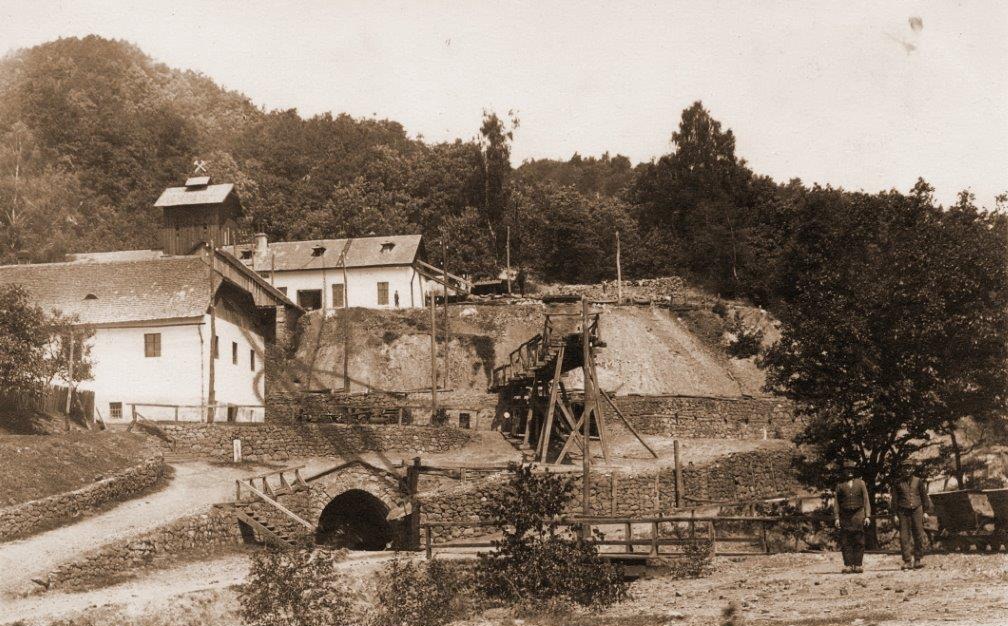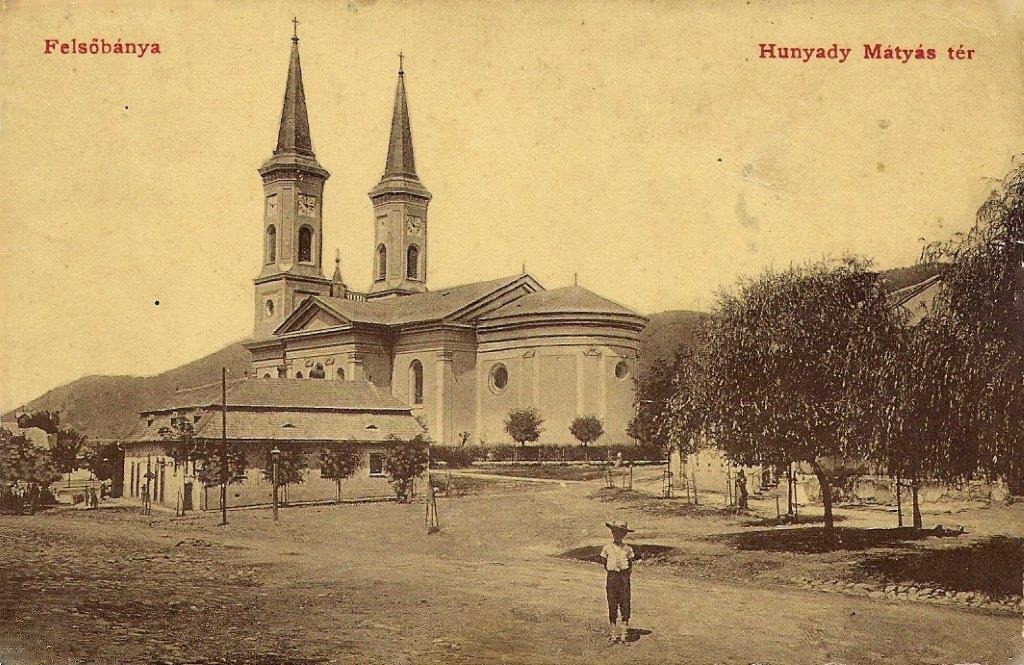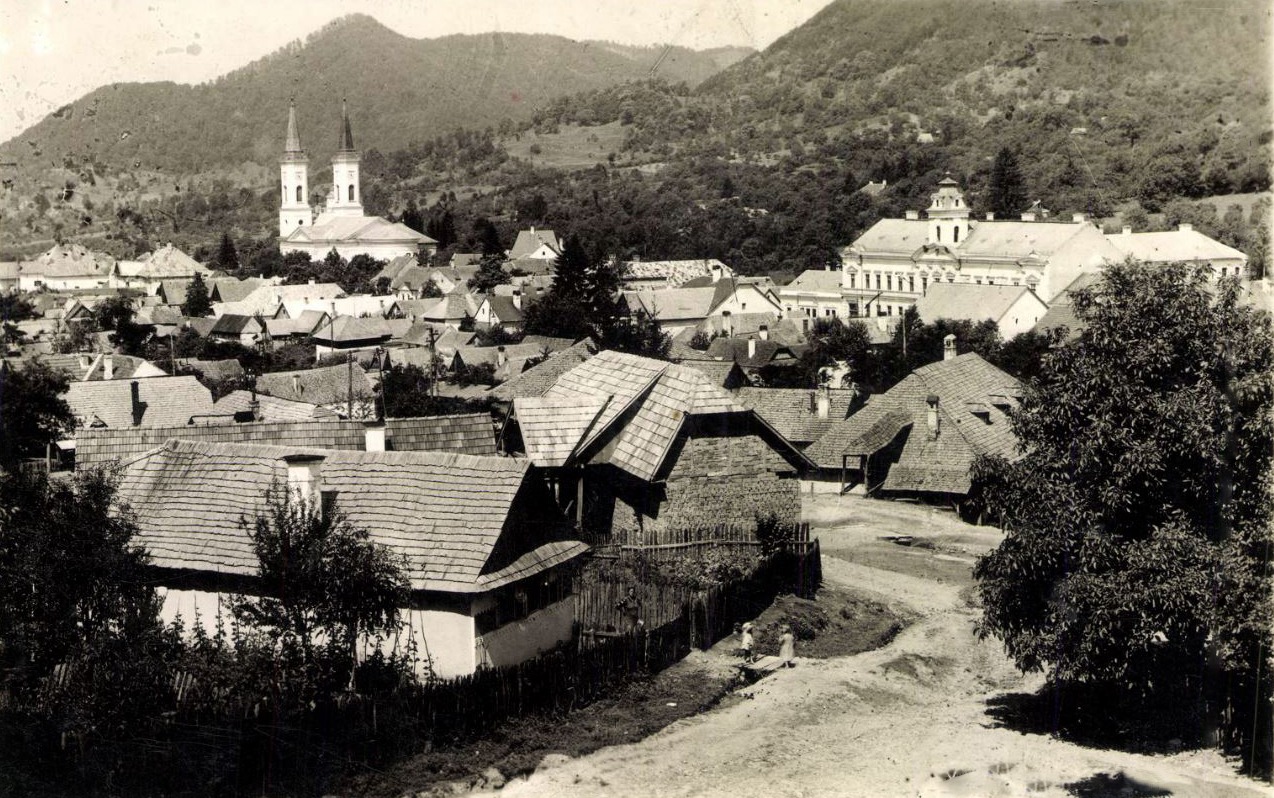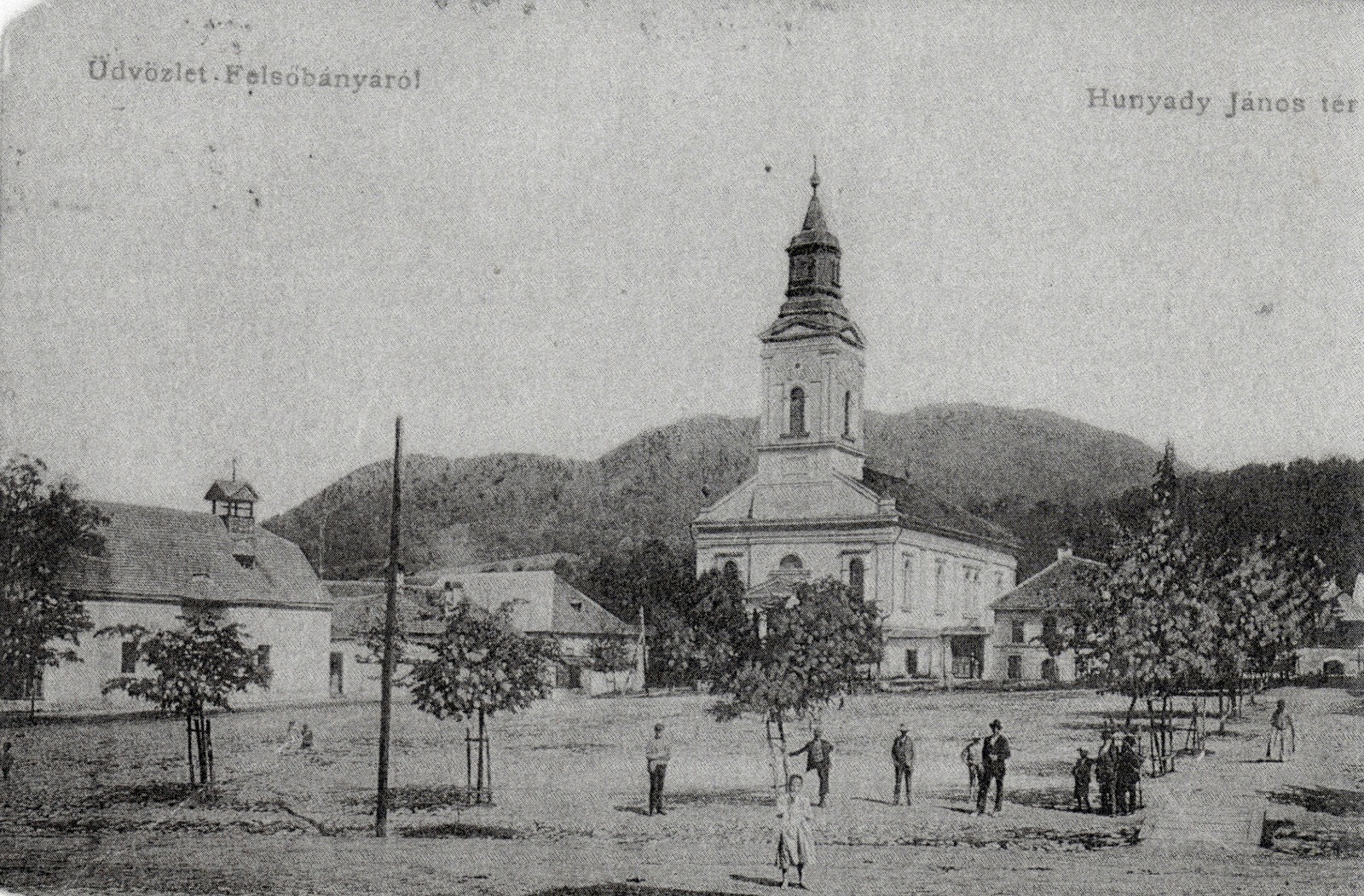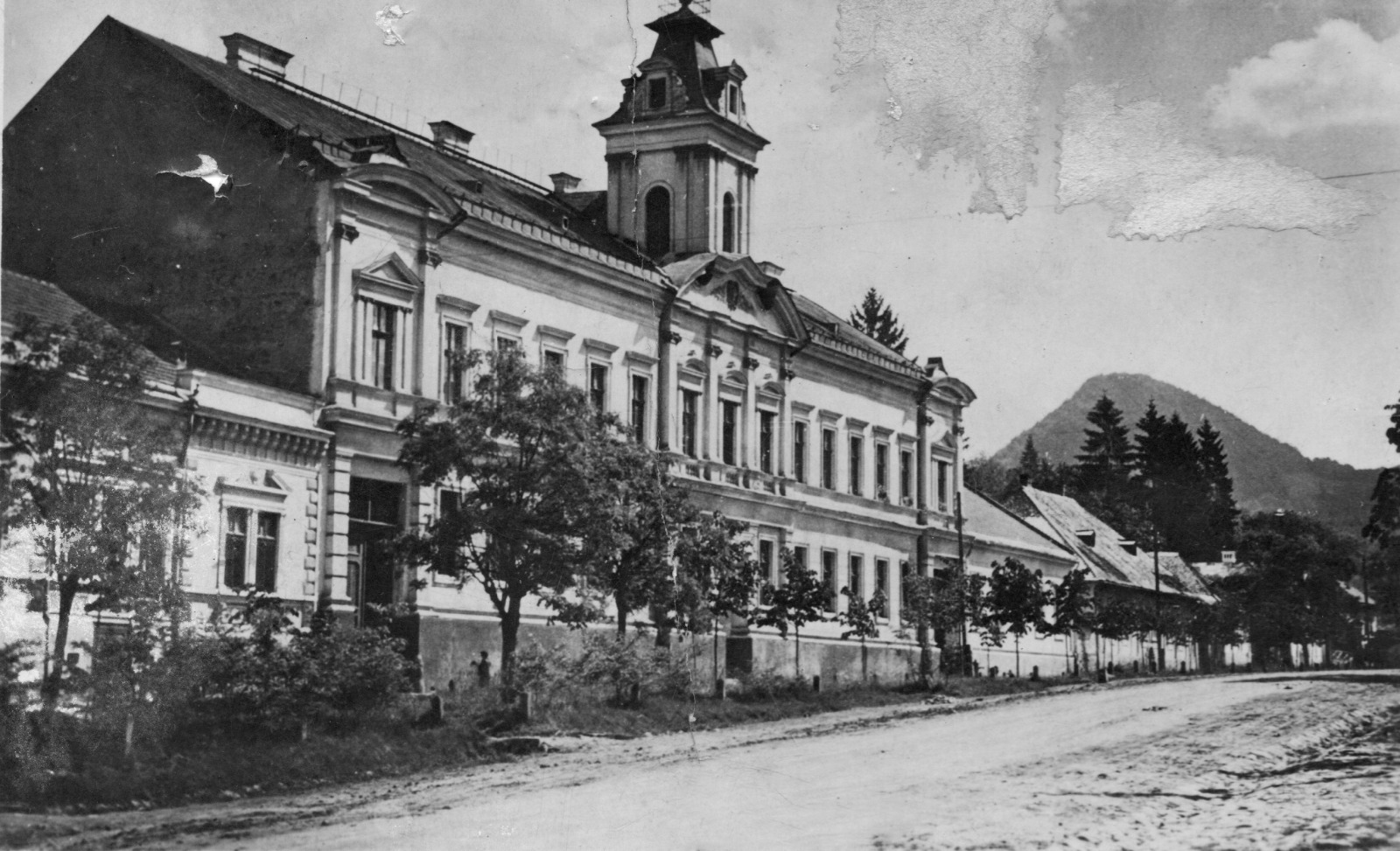
A brief history of mining in Baia Sprie
The city of Baia Sprie is located east of Baia Mare, in Maramureș County, along the road that connects the Baia Mare Depression to the picturesque Land of Maramureș. As an administrative territory, it includes the localities of Chiuzbaia, Tăuții de Sus, and Satu Nou de Sus.
Due to its extremely rich mineral resources, the city’s long history is associated with mining, and over time, it became one of the most important centers for extracting gold, silver, and other precious metals.
Baia Sprie was first mentioned in 1329, under the name Mons Medius (Middle Mountain), in a royal diploma from Hungarian King Charles Robert of Anjou, who granted the inhabitants the first privileges. The wealth from the depths of Mine Hill ensured the prosperity of the German, Slovak, Hungarian, and Romanian inhabitants, and over time, the city was granted the status of a royal free city (libera regia civitas – latin). The name of the city comes from the word “baie” (mine), used in the Middle Ages for an area where ores were extracted.
During the medieval and Renaissance periods, the most significant development occurred under the leadership of John Hunyadi and later King Matthias Corvinus, both of whom were governors of the mines in the region. During this time, new galleries were opened, and mines were built, especially on Mine Hill, but also in the Herja area of Chiuzbaia village. The Baia Mare and Baia Sprie regions were part of the Kingdom of Hungary, and the mines of Baia Sprie were some of the most productive in the entire country.
In the 18th century, Baia Sprie came under the administration of the Habsburg Empire, which continued to exploit the region’s mining resources, modernizing the infrastructure and implementing new extraction techniques. During this period, mining activities reached new heights, and the industry was organized into a more rigorous system, using more advanced techniques and specialized labor.
Starting with the 19th century, the city experienced significant economic growth, as mining was privatized and modernized. The development of the mining industry brought with it the expansion of the city and a diversification of ethnicities and religions, which included, in addition to the multiethnic native population, Armenians and Jews.
After World War II, the mining industry in Baia Sprie continued to grow, as Romania’s industrialization made mining one of the country’s most important economic sectors.
After 1990, with the political changes in Romania, the mining industry began to decline. Following the closure of some mines and a decrease in production, many mining operations in Baia Sprie were abandoned in 2007. However, the area still preserves a part of its remarkable mining heritage, and its mining history remains a defining element of its identity. Today, the locality attracts tourists curious about exploring the old mines and mining traditions, as well as those interested in the beautiful mountain landscapes surrounding the area and the numerous available leisure activities.
